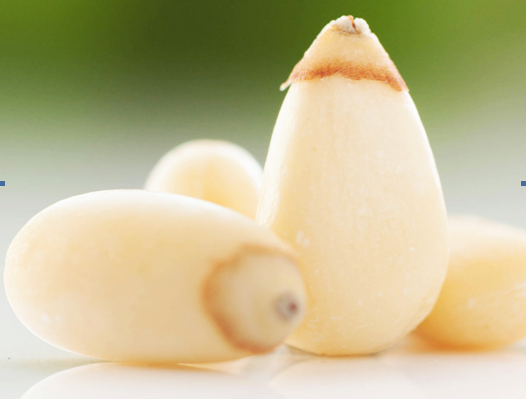The prevention of the occurrence of germs is an important part of the production of edible fungi. The following aspects should be taken into consideration: 1. Selection of good strains The selection of strains with high purity, appropriate age of bacteria, strong vitality, and no contamination with bacteria. In addition, during the cultivation of edible fungi, it is necessary to periodically purify and rejuvenate the bacteria so as to maintain the excellent traits of the strains. Second, the preparation of a suitable culture material Because most edible fungi like acidic environment, so the appropriate adjustment of the PH value of the culture material can inhibit the proliferation of bacteria. In mediums containing starch and soluble sugars such as wheat bran and rice bran, bacteria can easily survive. However, in the wood chips culture, the bacteria are inhibited by the lack of an available enzyme system and cannot survive. For example, using straw to cultivate Pleurotus ostreatus, Pleurotus ostreatus, straw mushroom and so on, the occurrence of miscellaneous bacteria is less; and using bagasse, corn cob as a culture material, the occurrence of bacteria is more serious. Third, improve the inoculation method When raw materials used to cultivate edible fungi, increase the inoculation amount of 5% to 10%, and inoculated 2/3 of the strain on the surface of the cover material and four weeks, is conducive to the mycelium as soon as possible to occupy the surface of the culture medium, improve Anti-mycotic ability. When inoculated on Duanmu, the distance between the points is appropriately reduced, and a hole is inoculated at both ends of the Duanmu section, which can not only invade the bacteria, but also accelerate the growth of the mycelium in the Duanmu section. IV. Creating appropriate environmental conditions During cultivation of edible fungi, lower temperatures may be required for most strains (except for straw mushrooms), and most of the characteristics of the bacteria are high temperature, and appropriate cooling culture methods are used. From the humidity point of view, the growth phase of edible mycelium requires lower air humidity, and the bacteria require a high humidity environment. Therefore, during the growth of mycelia, the air humidity should be controlled to be less than 60%.
Pine Nut Kernel
Pine nuts (also called pignoli) are the edible seeds of pines (family Pinaceae, genus Pinus). About 20 species
of pine produce seeds large enough to be worth harvesting; in other pines the
seeds are also edible, but are too small to be of notable value as human food.
Our Chinese pine nuts grow in Heilongjiang and Jilin province of China. The
mainly varieties are pure red pine nut
kernel and cedar pine nut kernel.
Pine nuts have been eaten in USA, Europe, Asia and many other countries. They
are frequently added to meat, fish, salads and vegetable dishes or baked into bread.

Pine Nut Kernel
Dry Fruit Pine Nut Kernel,Pine Nut Pure Red,Wholesale Pine Nut Kernel,Raw Pine Nut Kernel
Ningxia Shun Yuan Tang Herbal Biotech Co., Ltd. , http://www.nxshunyuantang.com
